SMALL BLOCK GT 186 – 190
When AF Rayspeed brought out the TS1 in the 1980’s someone asked ‘why didn’t you do a small block version’? The reply was ‘we don’t think there is a call for one’…………. How Ray must be kicking himself now!
But what was he to know, he had seen the demise of the Lambretta industry, worked through the real lean years leading up to Quadraphenia and only found demand for Lambrettas from us Northerners who kept the scene alive which came mainly from 200 engines. But don’t think us northerners just had 200’s, we didn’t, we had as many small block bikes as large block bikes! Ray couldn’t have seen the demand for Lambrettas again in the way it went mad with ‘we’ll buy anything Italian imports’! When they dried up we couldn’t have seen the demand for ‘we’ll buy anything Indian 150 imports’ or even ‘death traps from Vietnam’! Most of these imports were the small block types. But with SIL and various exporters from India flooding our market we did have 200 engine casings at our disposal to upgrade a small block frame and swap parts over. Even these 200 casings dried up and people also realised keeping the original engine to frame was a good idea for the future with prices spiraling out of control.
When the demand did come, real 200’s became even more sort after we had all chopped up 200’s into cutdowns, race bikes and choppers. You still see frame tubes with certain numbers fetching more than complete Scooters without that all important number! Again but what did we know, people have always wanted ‘Big is Best’ and the TS1 200 kit didn’t sell compared to the 225 version. And we found the same when I designed the Race-Tour kits, which was aimed at long distance touring, simplicity and to be long lasting, this is why I went down the line of offering a 67mm bore based on the old Honda (best kit ever made, some say, right!) to a 69mm version where it didn’t loose to many cc’s but left the spigot stronger………… the 205 version didn’t have the demand of the 220 version and everyone asked for a 225 – 230 version. This wasn’t a problem as each of our old kits were hand made and we made one off pistons. But the large block out sold out quicker than the small block version showing people would spend on a 200 bike but it wasn’t the same for us with our expensive UK made cylinder kits and people didn’t want an expensive small block kit. When our MB Race-Tour kits where manufactured by BGM we found the oporsite the small block outsold the large block, showing how quick times can change.
It didn’t make it any easier when the Italian restoration guys came along and suddenly started doing tuned kits much cheaper than we could do in the UK. I had been tuning small blocks for many years to lift power for those who couldn’t afford a 200 bike or conversion. For cheapness the 175 was very popular for those with little money it was of course the bigger Suzuki 190 conversion who could afford it. But to do these kits correctly were costing more than these new Italian cylinder kits namely the Mugello and Imola. As these new Alloy kits entered the market someone was in the right place at the right time, they were by comparison quite a cheap bolt on kit suiting the guys who could not afford a 200 and bought an Italian import to run as a rusteration or restoration. You could bolt on a cylinder and get an improvement to speed. But little did people know if you ran a kit on a 40 year old crankshaft you would get problems! And it wasn’t long before uprated cranks, ignitions, clutches and exhausts came from Italy flooding the market based on copying ideas we had hand made for many years. But it worked, the more cheap, uprated parts came in, the more people bought them and started to get easy bolt on small block upgrades competing with large block speeds.
The Mugello became popular as did the SR kit, both cheapish standard piston ported cylinder kits. The Italians blatantly copied a small block version of the reed valved TS1 called the Imola. Perhaps by this time Ray should have realised the market had changed and there was a demand for an improved cylinder for small blocks, but we all live and learn. This imola was a little more expensive over the Mugello but again I think I’m right in saying, (based on how many I’ve seen in my workshop) that the cheaper Mugello piston ported cylinder sold better than the more expensive Reed valved Imola. It could be the reed version was more reliable as the reed and porting spread power, along with the fact a Clubman was recommended which again helped reliability. The feed back from one dealer friend who sells them is ‘I love selling the Imola, customers say they are happy with performance and they give me no grief’ If that’s how it is, that’s how it is, end off. So I was quite surprised when I heard a new Small Block 190 was coming out and made in Cast Iron! Why? The alloy kits were proving to be much better than the old cast iron route!
The GT kits are made and designed in the UK by Richard Taylor from Birmingham. Someone I’d never heard of until the GT kit came out, others making cylinders I had heard of, people who had been around the block with a history in Scootering. This doesn’t mean someone can’t come in and do a kit and take it to market.
When Richard proudly put a kit in front of me, the first thing I said was ‘why cast iron’ I don’t remember the answer, you need to know Richard to understand that. I asked ‘why didn’t you do a 200 version’ I think with an answer…… he saw the market with small blocks and imports, I then asked ‘why didn’t you beef up the casting here and here and here and you could have used one molding to do a small block and a large block’ and the answer was ……………. ‘I didn’t think of that’? ‘Give me strength! You’ve lost a golden opportunity there mate’! That’s why I call myself a designer – based on hundreds of tuned kits and years of riding and testing, I am a man of history! Eventually when I found the time and money and got fed up with altering other peoples cylinders I put my thoughts in to the Race-Tour kits.
Ok so we had a new cylinder kit so let’s talk about it. This was the first remade – redesigned Cast Iron cylinder kit apart from cheap Indian and Italian standard kits which are mainly a load of rubbish. Ok so it’s cast iron, a strange direction when you consider all the newer modern alloy kits with Nicasil plating and the benefits they gave. But you can also look at older cast Iron conversions which all the tuners had done for years, I had done thousands of cast iron kits or iron lined alloy cylinders with very little problems if set up correctly. The GT wasn’t aimed at a high revving race spec it’s aimed at touring or pottering around town. Fine cast iron will do that.
The beauty of the GT kit for most was the ability to fit a manifold on either side using a 22 – 25mm on the standard nearside or a 26 – 30mm on the off side like the TS1. And this with a reed valve in the cylinder, a great idea! And the reason to why this worked was the space the smaller piston gave along with the very shallow but wide kart reed block allowing space in the frame for both manifolds which gave the choice to lift power through a 30mm Dellorto or fit a carb through the air filter box. Sometimes customers want a choice and other times you have to tell a customer whats best. With this neat idea people wanted this new cylinder kit.
So the cylinder is a cast iron lump, still strange as it’s harder to cast and machine and the heat dissipation isn’t as good as an alloy kit. But it does have the advantage IF you have a problem you can rebore the kit and fit a new piston, with the age old argument………… that is cheaper than a replate! The cylinder in terms of porting is quiet conservative with only a single exhaust port, two transfer ports and two boost ports fed by a single inlet port with not much provision to do HUGE ports at a latter date. But what people don’t realise is; A simple porting layout can work and give good power which will suit 90% of Scooterists…………….. take a look at our Race-Tour cylinder kits to prove this.
There are good and bad points to the kit, we sold around 20 and we did see a lot of problems. Listen to people on forums and they say I’ve never had a problem. Maybe they didn’t ride like our customers, or they knew how to set them up better or maybe they just rode in a city. I always say it takes around two years of selling a product before you see real problems, of course depending on how good the product is and who makes it. In a short period of time we saw problems and ended up doing them the MB way to cure these problems. One of the main complaints was the top reed petals would break! Well it’s the Kart reed block, it’s designed for 18’000rpm which means the reeds are open all the time. On a Scooter they are clacking back and forth in a slow speed kind of way, this clacking hammers the reeds and the Kart reed block doesn’t have enough support on its bridges and will break the weaker carbon reeds fitted. A simple cure we found was double up the top reed petals, it works, if Boyesen can do it so can we and it lost no noticeable power.
As for power, the ones I dynoed were around 18bhp with a 30mm and expansion, the porting didn’t like to produce super high power, with a tune 20 – 21bhp was fine, when you consider that’s twice as power full as a standard then most customers were happy and it suits some of the lower quality cranks and didn’t put the pressure on the clutch and gear box, so makes for an all round reliable cylinder kit.
Ideally the casings need a match to suit the slightly larger transfer feeds. Cylinder heads needed machining to suit as………. surprisingly the kit didn’t come with a head! So led to a after sales headache for customers, we supplied machined heads reprofiled to the flatter Yamaha piston supplied, but then we were slagged of for been expensive on the kit…….. you can not win in this game. But the kits with our heads worked, we had the history to know what gave power with the reliability needed for a cast cylinder and smallish exhaust port.
There were two down sides to the machining 1) the cylinder was a little tall and on a standard 58 x 107mm crank the squish was too big and 2) the exhaust flange is too long making some exhausts harder to fit. Tiny details which I always address and it has never been addressed since. So the main set up I came across was…….. you fitted no head gasket and in some cases no base gasket to get that all important squish right. Without it the cylinder was down on power but had that extra reliability built into it.
The piston used was a piston I had been using in small block reed valve converted cylinders from the 1980’s – the Yamaha YPVS 350 piston, which is cheap and easy to get made by Mitaka, so a good choice, but we did see some ring pegs coming out, you could convert to the stronger Wiseco piston! Both give loads of over sizes to bore any damage unless you were really unlucky. The standard size was 64mm giving a true cc of 186 or rounded up in modern engine terms 190cc using a standard 58mm crank with a maximum oversize of 66mm. Oversizes for this piston is massive coming in 0.25 increments, which helps keep the cylinder running. Because of casing heights I would have preferred the 110mm Yamaha rod which would have helped to get the squish right.
Both inlet manifolds were very roughly cast and came with lots of sharp lumps and flashes, these needed removing and flowing, but you needed to be careful the casting were so thin they would crush up in the vice!
And the other age old problem was seizing up, lots did this if you wasn’t good at setting up the cylinder, so be warned! As for speed well people say they sit at 70 all day, I rode to Mersey Island with Rob Miller on his second kit, he could site a 65mph but struggled at 70mph in a Series 2. I say 2nd kit he was rebuilding his engine when it dropped off the bench with the U bend on and smashed off the exhaust flange showing how brittle cast iron can be, so avoid speed bumps! We also found most kits which came back to us showed signs of heads leaking, the top of the cylinder ideally needed thickening up, I was constantly lapping in cylinders and heads.
PRO’s
- Inlet manifold sizes coming from the left of right hand side
- Reboreable
- Good old stage 4 porting but with added reed valve
CON’s
- Cast Iron and poorer heat dissipation
- Reed petals would break
- Weak casting on exhaust port
- Poor squish setting up
- Cylinder head wasn’t supplied so needed machining extra
- Cylinder top would distort
- Inlet manifolds needed cleaning
We stopped selling these kits before they became unavailable (in 2015 they became available again) and now we carry no spares. But we can repair them by reboring and machining them.
WHAT WE USED TO OFFER TO IMPROVE THE KIT
As a kit on it’s own it’s not bad, if your just a towny it’s perfect, mild stage 4 type porting which works, gives good all round power added with the benefits of a reed valve all makes a good cylinder kit. There are improvements we could offer.
- Extra reeds for the top petal
- Head machined correctly or buy outright as a new head
- Inlet manifold flowing
- Extra tuning, matching and flowing to the cylinder stage 3, stage 4, stage 5
- Rebore to over sizes and pistons supplied
- In some cases the top of the cylinder can be machined to get the correct squish clearance or re flat the face
They have been reintroduced in to the market again after a few years of unavailability.
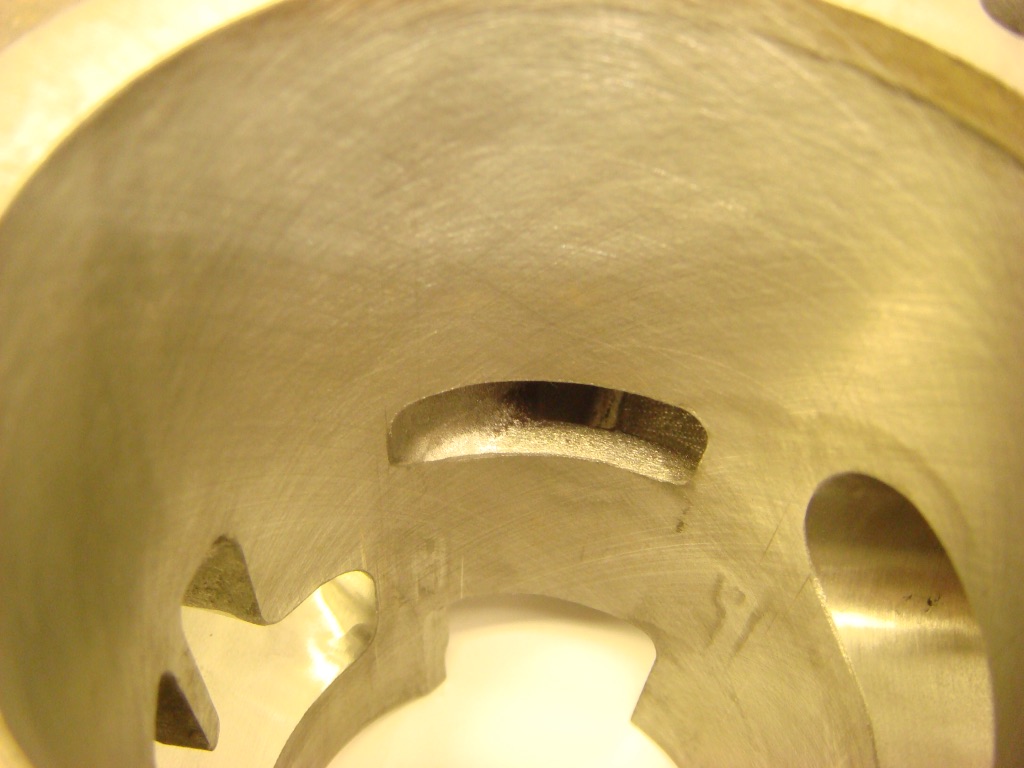
Traditional 2 port transfers and single exhaust port, with 2 boost ports
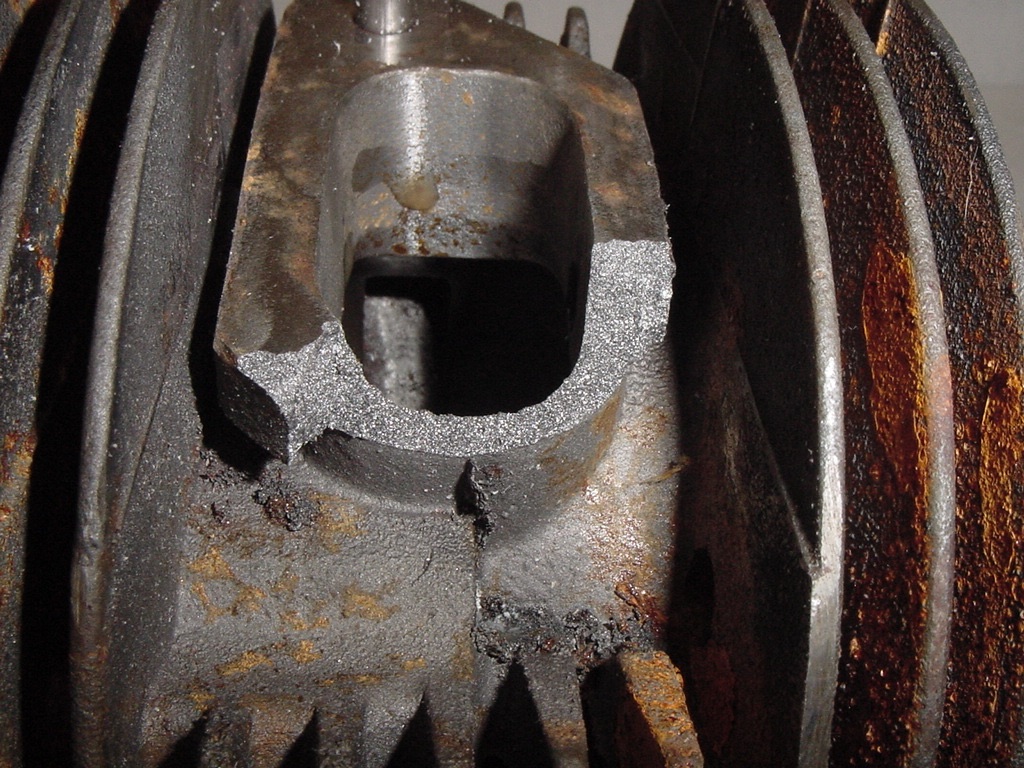
Be careful of speed bumps!
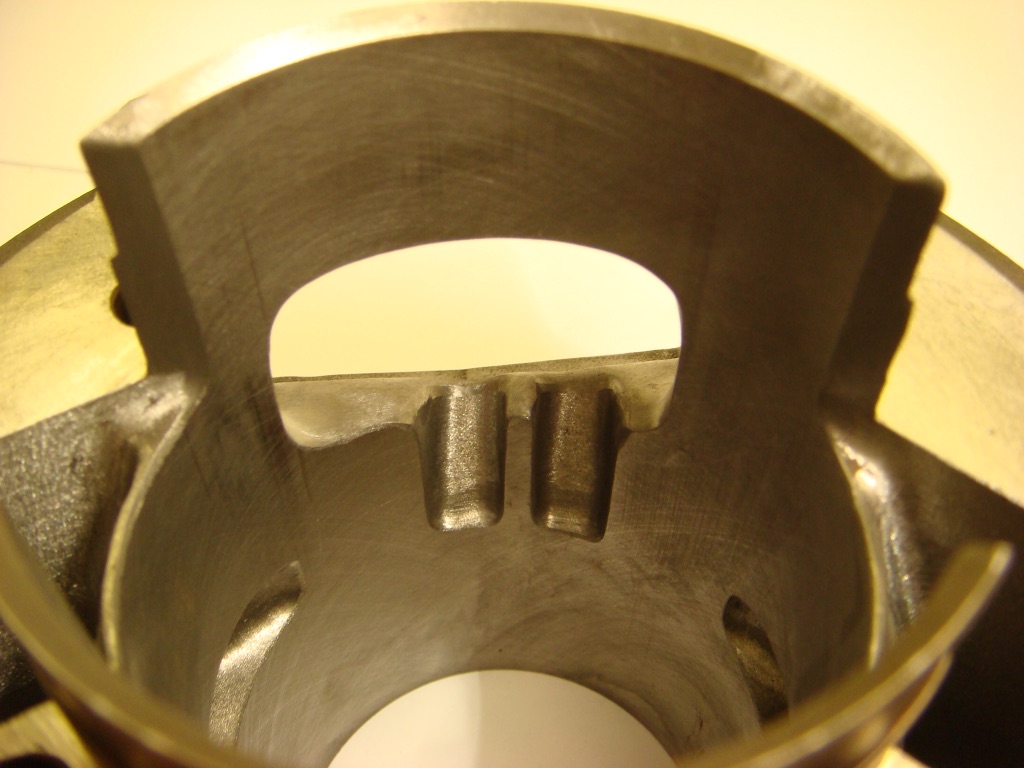
2 finger boost ports above the inlet port

Transfers are larger than 125/150/175 cylinders
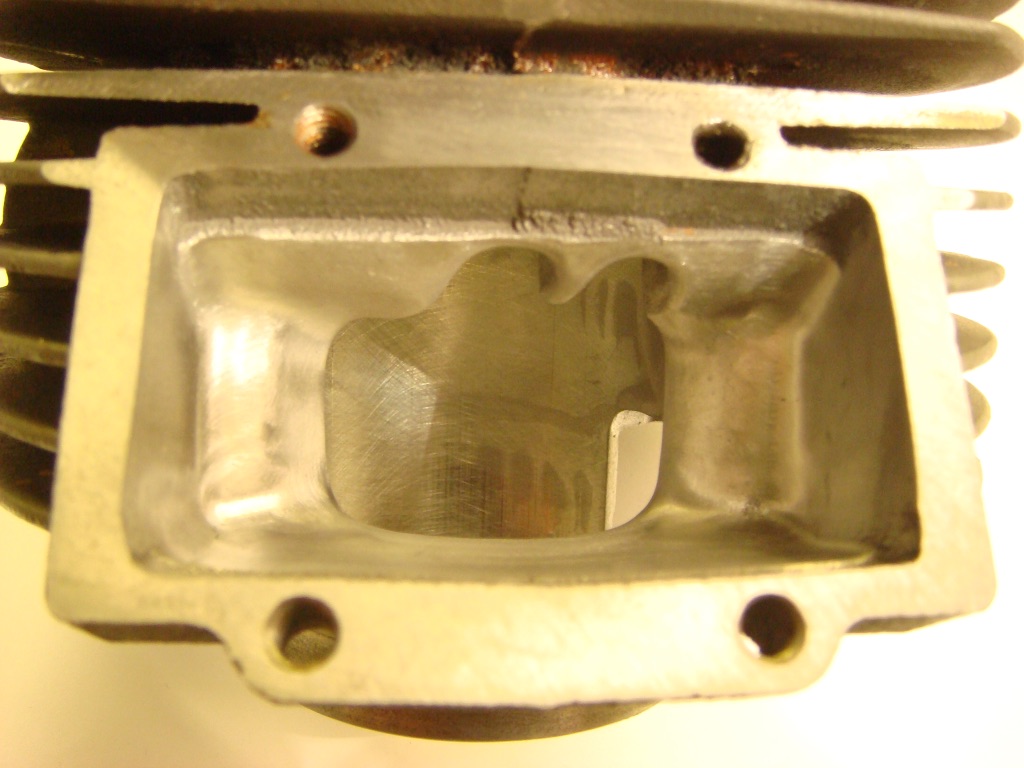
Large inlet manifold houses a 4 petal kart reed valve
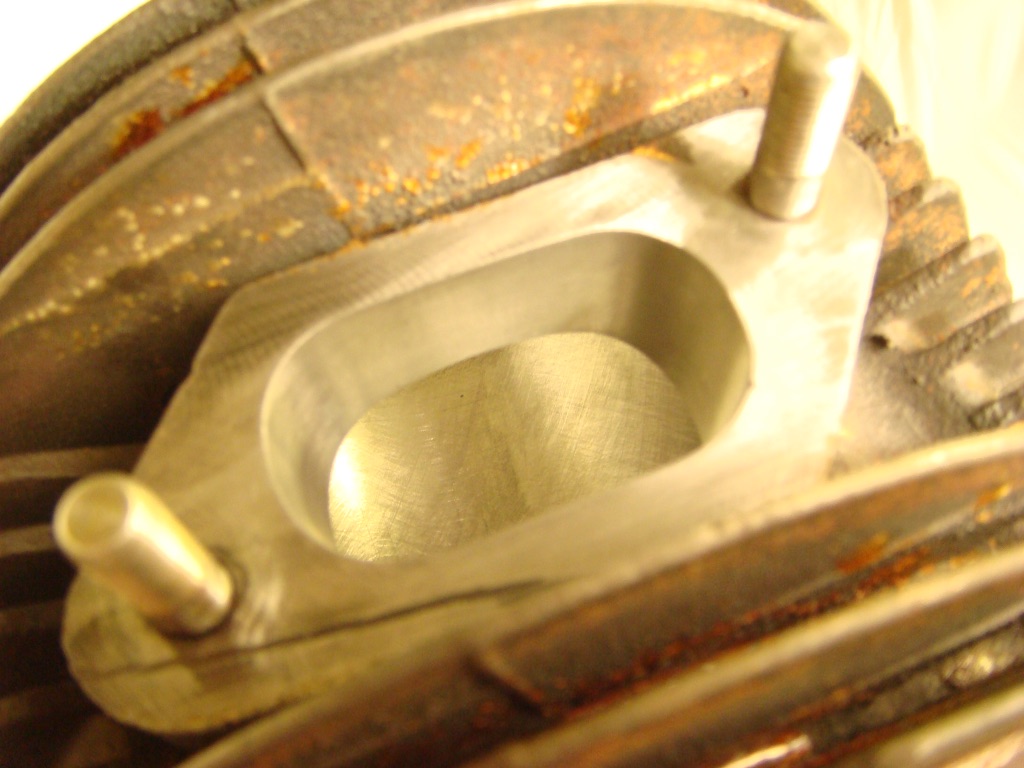
Standard type exhaust port, but is slightly longer making exhausts harder to fit
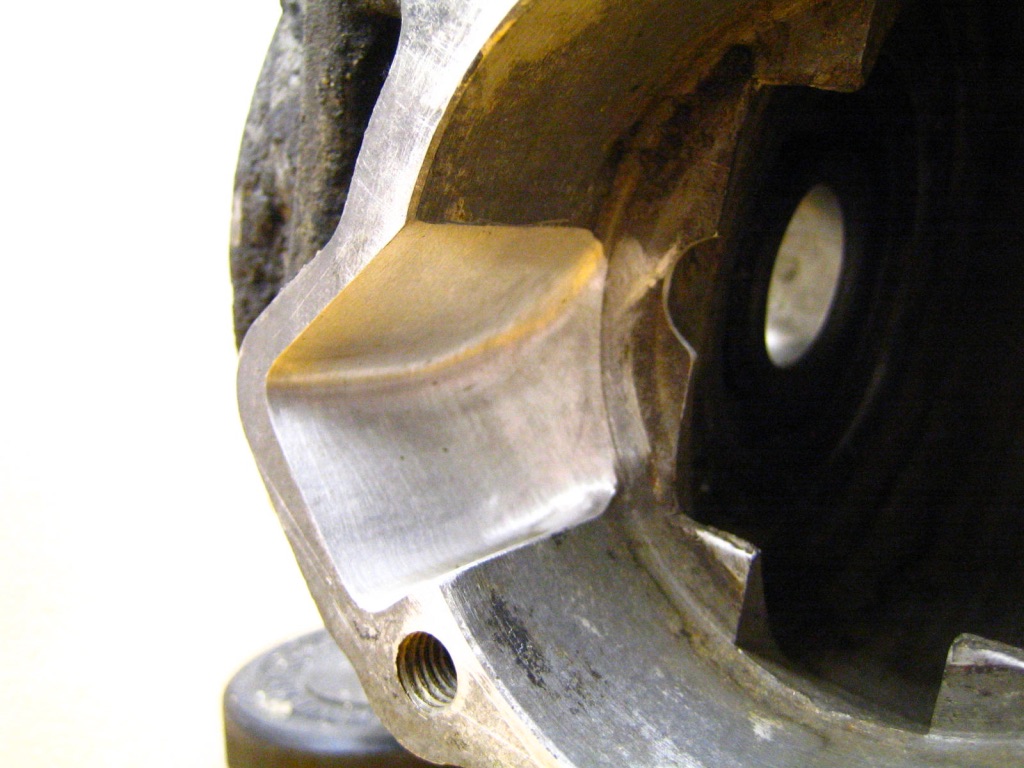
Casings can be matched to suit the cylinder
Mark Broadhurst any questions ask mark@mbscooters.co.uk





